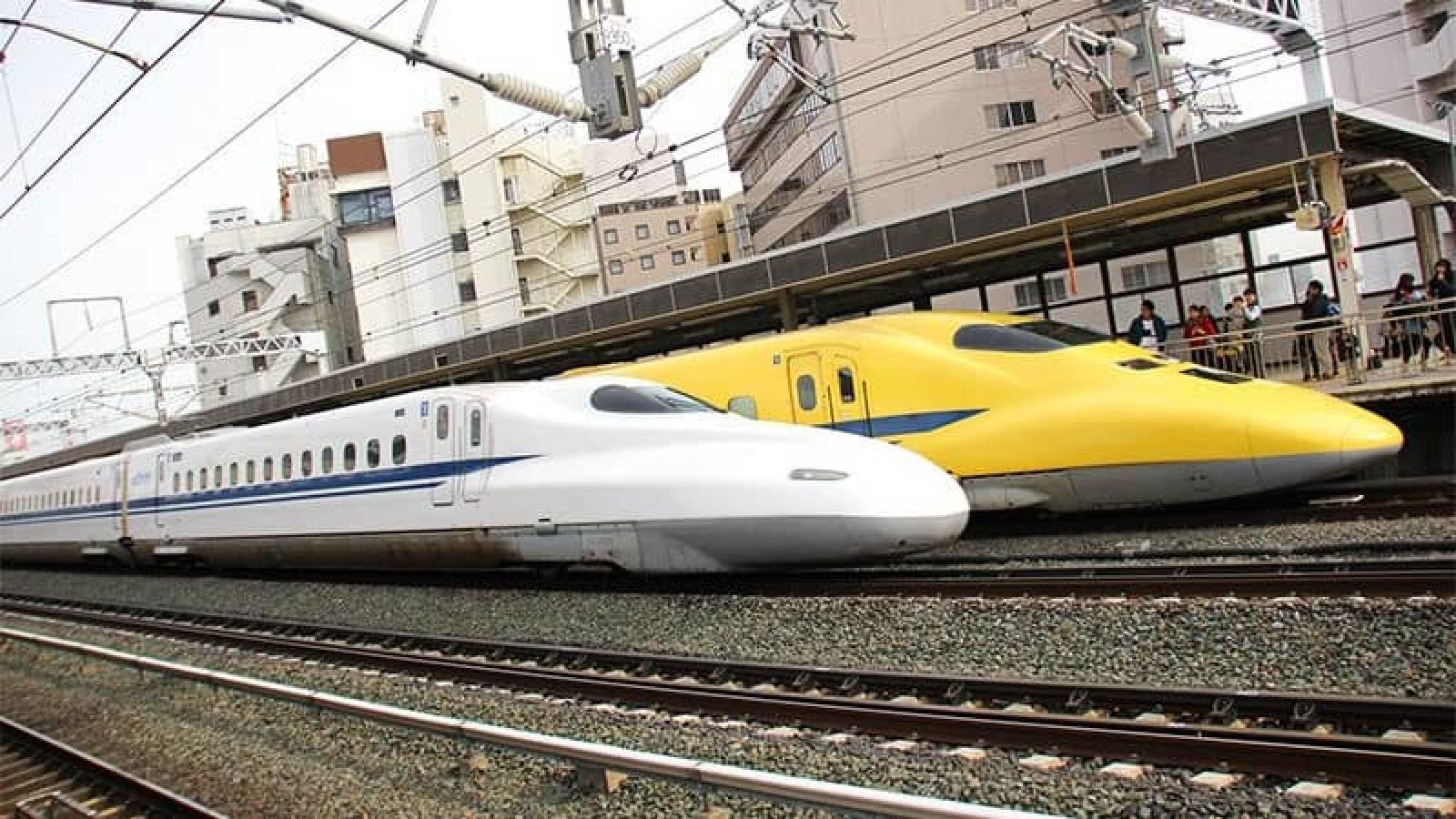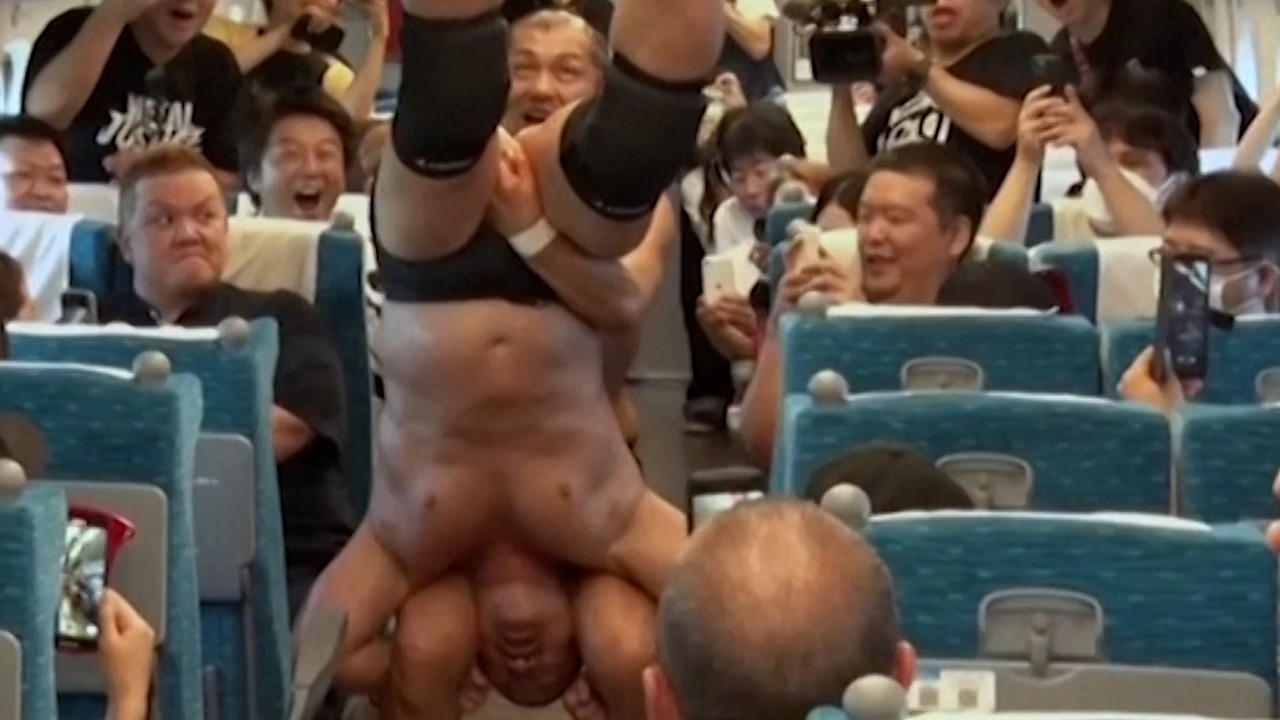Japan bullet train operator JR Central turns to on-board tech to ramp up safety checks
[ad_1]
Japan’s shinkansen bullet trains are renowned for their safety, but Central Japan Railway is looking to improve that record by making more frequent checks at a lower cost through special inspection equipment it has installed on in-service trains.
While the most famous name in Japanese bullet train safety is “Dr Yellow” – a yellow high-speed diagnostic train that travels on an unpublicised schedule – the new technology is allowing JR Central to make checks more quickly. Now, the company is even developing an image-recognition system to replace in-person inspections by workers.

According to JR Central, two Dr Yellow trains currently run the length of the Tokaido and Sanyo shinkansen lines stretching from Tokyo Station to Hakata Station in Fukuoka Prefecture, southwestern Japan.
On the route spanning just under 1,200 kilometres, the trains are used to inspect rails, overhead wires and signals. But with inspections carried out only about once every 10 days, the company felt the need to find ways to conduct more frequent checks that can catch signs of irregularities earlier.
To that end, JR Central developed scaled-down observation equipment and installed it on its working N700S series shinkansen, the newest trains in its fleet.
After 150 years of rail travel it’s still at the heart of Japanese culture
After 150 years of rail travel it’s still at the heart of Japanese culture
Since January 2022, the N700S series trains have been carrying the system’s lasers and other devices to scan for track misalignments, as well as measuring the space between rails and differences in their height.
With six trains currently using the technology, the company says it is able to devise fine-tuned and timely repair plans. Three N700S series trains have also been outfitted with a system to check overhead wires and automatic train control signals.
Among the efficiencies achieved, the measures have helped cut down once-monthly checks by workers. An official at JR Central said the system “carries out its observations to the level of accuracy we require”.
But even with the extra provisions, there are still many inspections that continue to be carried out by hand and eye, while still others require the experience of Dr Yellow and its crew.
JR Central says it is continuing to look into new ways to have working trains perform safety checks. It believes the image-recognition technology in development should be ready in around five years.
[ad_2]
Source link


